Are Plastic Storage Containers Safe
Plastic storage containers are everywhere—in our kitchens, closets, garages, and even workplaces. They offer a lightweight, affordable, and convenient solution for organizing everything from food and clothing to tools and office supplies. But with growing awareness of chemical safety and environmental concerns, many people now ask: are plastic storage containers safe?
In this in-depth article, we’ll explore the safety of plastic containers across several categories: food storage, household use, long-term storage, environmental impacts, and chemical exposure. We’ll also offer tips on selecting safer plastics, using them responsibly, and storing items securely indoors or outdoors. Finally, we’ll show how integrating proper storage options—like those from Hartville Outdoor Products—can help reduce reliance on potentially harmful containers by offering more robust, weather-safe solutions.
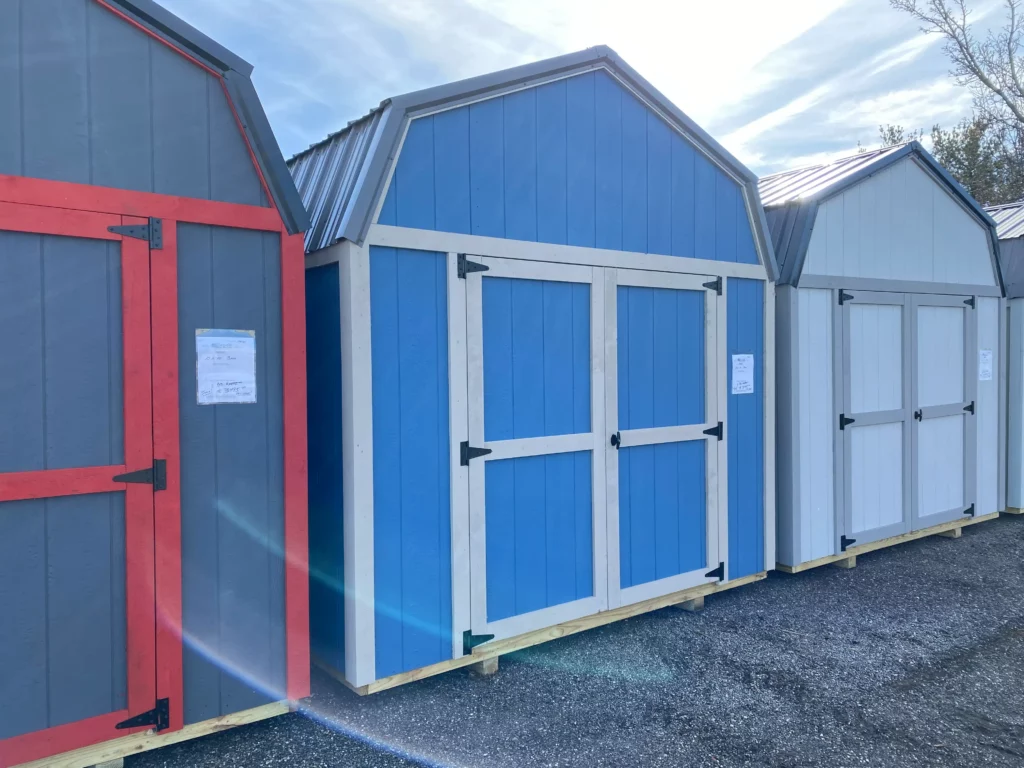
Understanding the Types of Plastic in Storage Containers
To assess whether plastic storage containers are safe, it’s important to know that not all plastics are the same. Plastic types are categorized by a resin identification code (usually marked with a number inside a triangle). These include:
- #1 PET (Polyethylene Terephthalate): Commonly used in disposable water bottles. Not recommended for reuse or heat exposure.
- #2 HDPE (High-Density Polyethylene): Considered safe for food storage and durable for long-term use.
- #3 PVC (Polyvinyl Chloride): Contains harmful chemicals like phthalates. Often avoided in food-related applications.
- #4 LDPE (Low-Density Polyethylene): Used in plastic bags and some containers. Flexible and relatively safe.
- #5 PP (Polypropylene): Commonly used in Tupperware and microwave-safe containers. Regarded as one of the safest plastics.
- #6 PS (Polystyrene): Found in foam containers and cups. Can leach styrene, especially when heated.
- #7 Other (Polycarbonate or mixed plastics): Often contains BPA, which has raised significant health concerns.
Understanding these labels helps consumers make informed decisions when selecting containers for specific uses, especially when it comes to food and high-temperature applications.
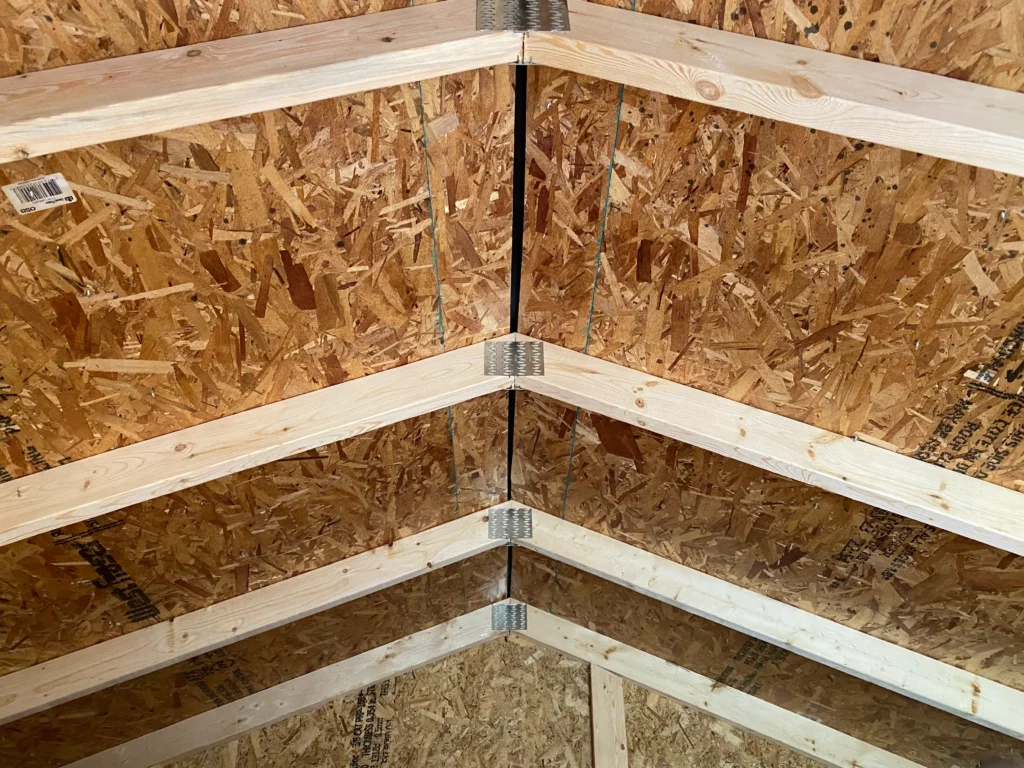
Safety of Plastic Storage Containers for Food
Plastic containers used for food storage have raised the most concern due to the potential for leaching chemicals into food and beverages. Heat, sunlight, and long-term exposure can cause certain plastics to degrade, potentially releasing substances like BPA (Bisphenol A) or phthalates.
BPA has been linked to hormonal disruptions and developmental issues, particularly in infants and children. Although many manufacturers now produce BPA-free containers, it’s essential to verify the product label. Even BPA-free plastics may release other harmful compounds when subjected to high heat.
When using plastic containers for food:
- Choose containers labeled as microwave and dishwasher safe.
- Avoid using cracked or discolored containers.
- Don’t microwave plastic unless it is explicitly labeled safe for that purpose.
- Use glass or stainless steel as an alternative when storing hot or acidic foods.
The FDA regulates food contact substances, and many plastic containers meet these safety guidelines. However, proper use is key to maintaining their safety over time.
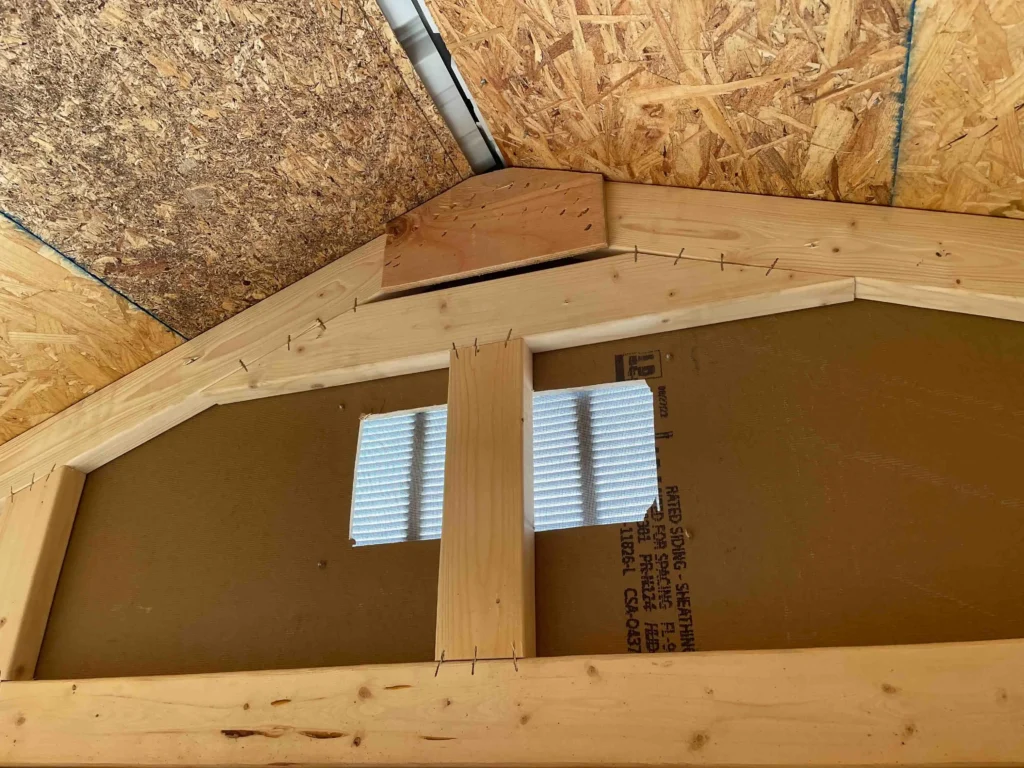
Plastic Containers for Household and Garage Storage
Plastic bins and totes are frequently used for organizing seasonal decorations, tools, documents, clothing, and toys. In these non-food applications, safety is less about chemical exposure and more about durability and containment.
High-quality polypropylene or HDPE bins are sturdy, weather-resistant, and less likely to crack or warp. They also help prevent moisture damage and pest intrusion when used correctly.
However, safety concerns can still arise in garage or attic settings where extreme temperatures occur. Plastics may soften, off-gas chemicals, or become brittle over time. For long-term use in sheds or garages, look for containers labeled as UV-resistant and temperature-tolerant.
To improve protection and reduce reliance on vulnerable containers, homeowners may consider investing in weatherproof outdoor storage buildings like those from Hartville Outdoor Products, which provide more stable environments for valuable items.
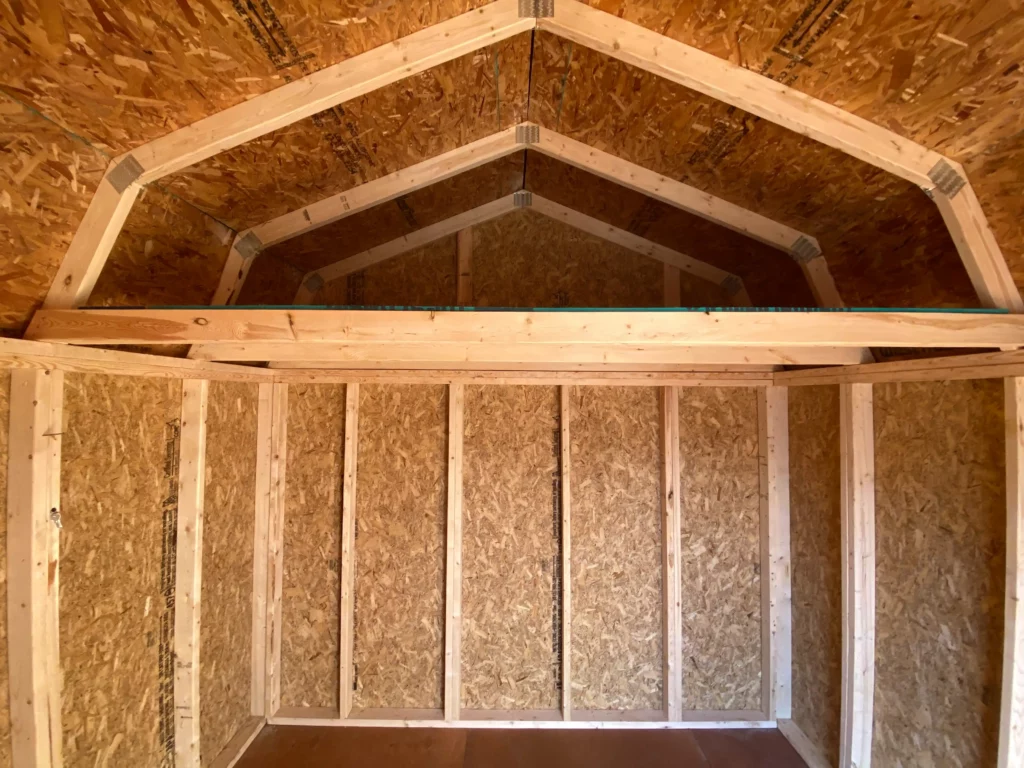
Are Plastic Storage Containers Safe for Long-Term Use?
For long-term storage, the main concerns are plastic degradation, off-gassing, and interaction with contents. Items like photographs, fabrics, electronics, and documents can be sensitive to chemicals or trapped moisture.
Use archival-grade plastic containers that are acid-free and designed for preservation. Ensure proper ventilation and consider adding desiccants or silica gel packs to control humidity. Avoid placing plastic containers directly on concrete floors, especially in garages or basements, to prevent condensation buildup.
If storing clothes, use breathable containers when possible. For tools or camping gear, ensure items are clean and dry before storing to reduce plastic wear and odor absorption.
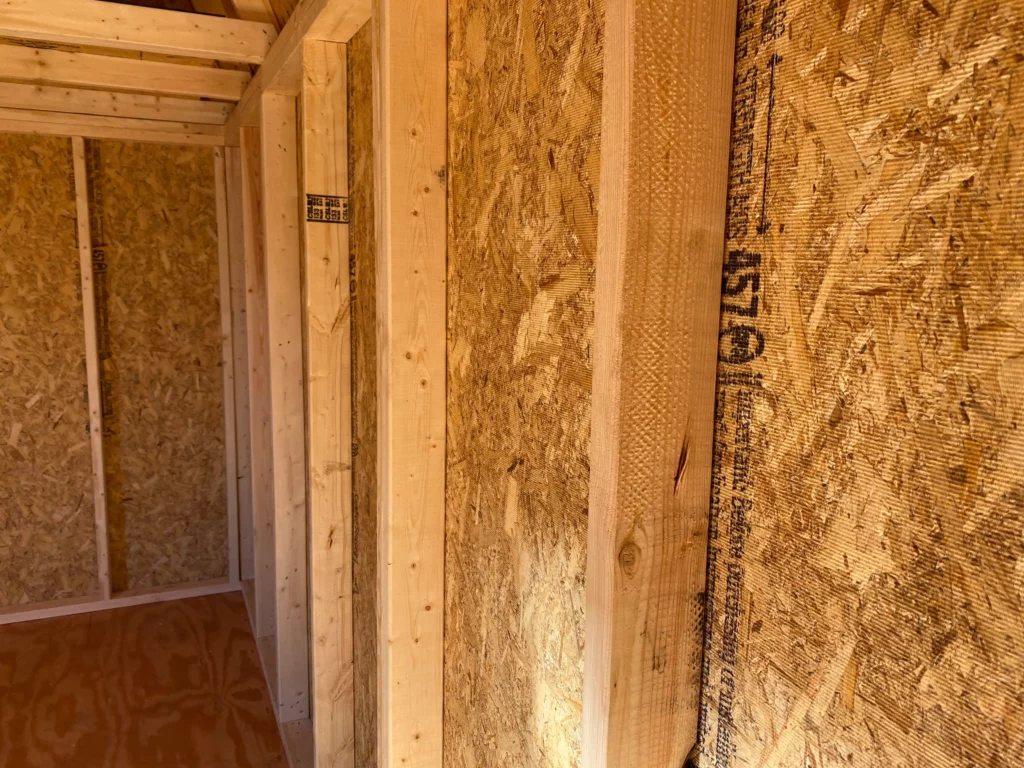
Health Risks and Chemical Exposure
Scientific studies have explored the effects of certain chemicals in plastic, such as BPA and phthalates. While occasional use of plastic containers is unlikely to pose significant harm, cumulative exposure—especially through food, heat, or prolonged skin contact—has raised health concerns.
Phthalates, used to soften PVC plastics, have been linked to reproductive issues. BPA’s potential hormonal interference has led to bans in baby bottles and other infant products in many countries.
Consumers concerned about chemical safety should look for containers that are:
- BPA-free
- Made of HDPE or polypropylene (#2 or #5)
- Labeled for intended use (e.g., freezer-safe, microwave-safe)
For further reading, Harvard Health provides a comprehensive overview of BPA and its alternatives.
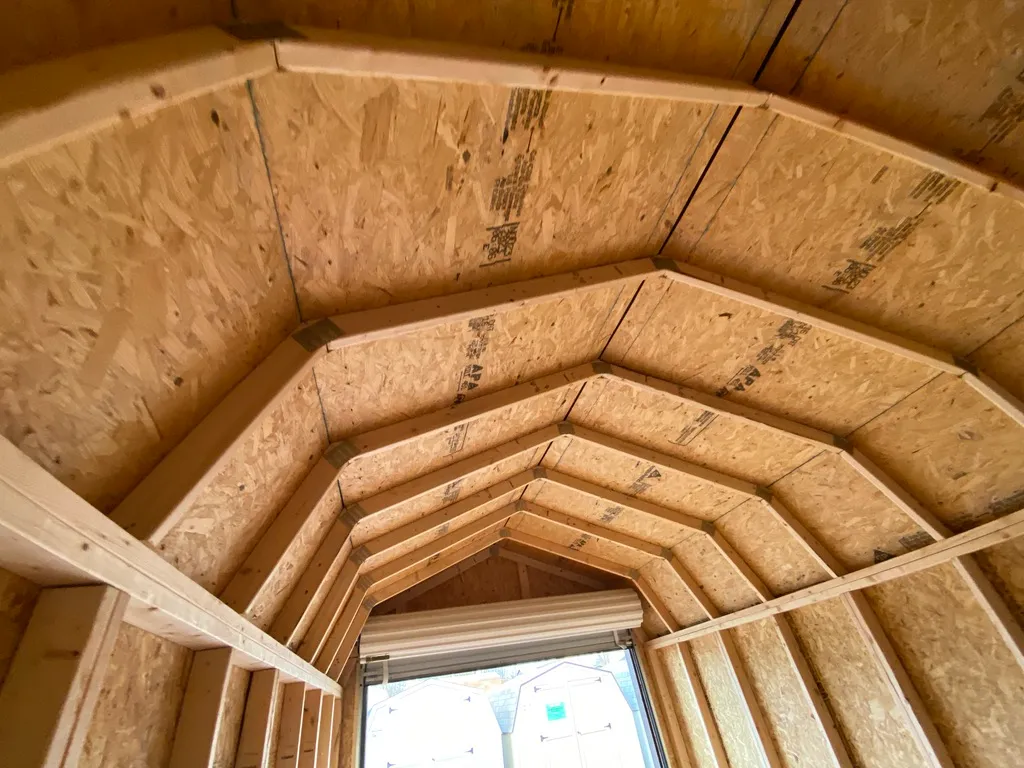
Environmental Considerations
Plastic containers are not only a health concern—they also impact the environment. Many plastic containers are not biodegradable and may take centuries to break down. Recycling rates vary by type, with some plastics (#1 and #2) being more widely accepted than others.
To reduce environmental harm:
- Reuse containers as long as they’re in good condition.
- Recycle properly based on local guidelines.
- Choose durable, long-lasting containers over disposable ones.
- Use non-plastic alternatives like glass, stainless steel, or wood when feasible.
Some eco-conscious brands now offer biodegradable or compostable plastic alternatives, but these still require specific conditions to break down.
Tips for Safer Storage with Plastic Containers
If you decide to use plastic storage containers, following best practices improves safety and longevity:
- Keep containers out of direct sunlight to prevent UV degradation.
- Avoid stacking in ways that stress the plastic or warp the lid seal.
- Use locking lids for better moisture and pest control.
- Label contents to avoid over-handling or frequent opening.
In sheds, garages, or outdoors, pairing plastic containers with durable, protective structures—like custom-built sheds—extends their life. Hartville Outdoor Products offers weatherproof buildings that reduce the wear and tear on plastic storage bins by protecting them from temperature swings and precipitation.

Plastic Containers in Outdoor and Shed Storage
Plastic containers are often used in sheds and backyard storage units. However, fluctuating temperatures and humidity levels can affect their durability. Thin, low-grade containers may crack in freezing weather or deform under intense heat. For better outdoor storage, opt for bins with reinforced walls and tight-fitting lids.
Additionally, placing them in a well-ventilated and insulated shed, like the prefab units offered by Hartville Outdoor Products, helps protect both the container and its contents. Investing in a climate-stable structure reduces risks of plastic degradation and contents damage.

Conclusion
So, are plastic storage containers safe? The answer depends on the type of plastic, how it’s used, and the storage environment. For food storage, choosing BPA-free containers made of safer plastics like polypropylene or HDPE is key. For household use, sturdy containers used away from direct heat or sunlight pose minimal risks.
When used correctly and within their intended limitations, plastic storage containers are generally safe. Still, it’s wise to avoid heating plastics, to select products verified for their intended use, and to combine plastic containers with durable storage infrastructure. For outdoor or long-term solutions, structures from Hartville Outdoor Products provide an extra layer of protection and organization.
With the right knowledge and practices, you can store your items safely, efficiently, and with peace of mind.
